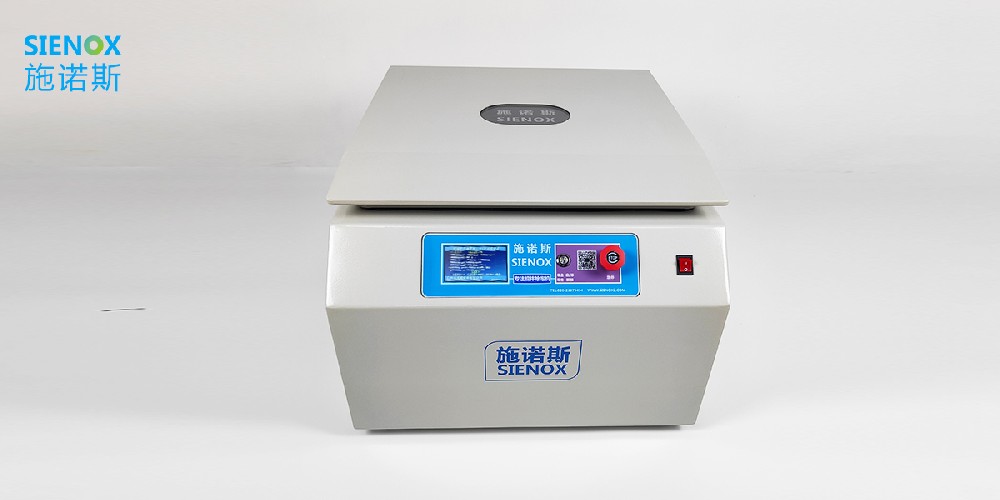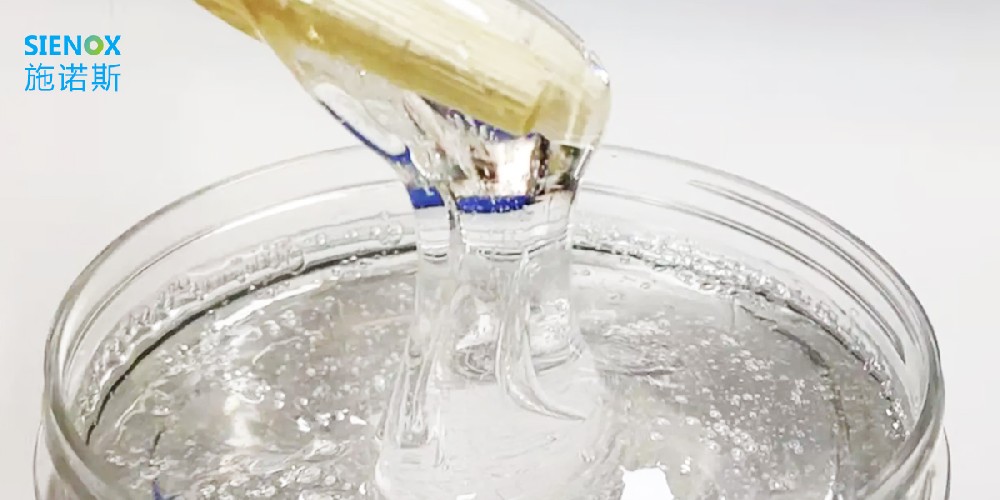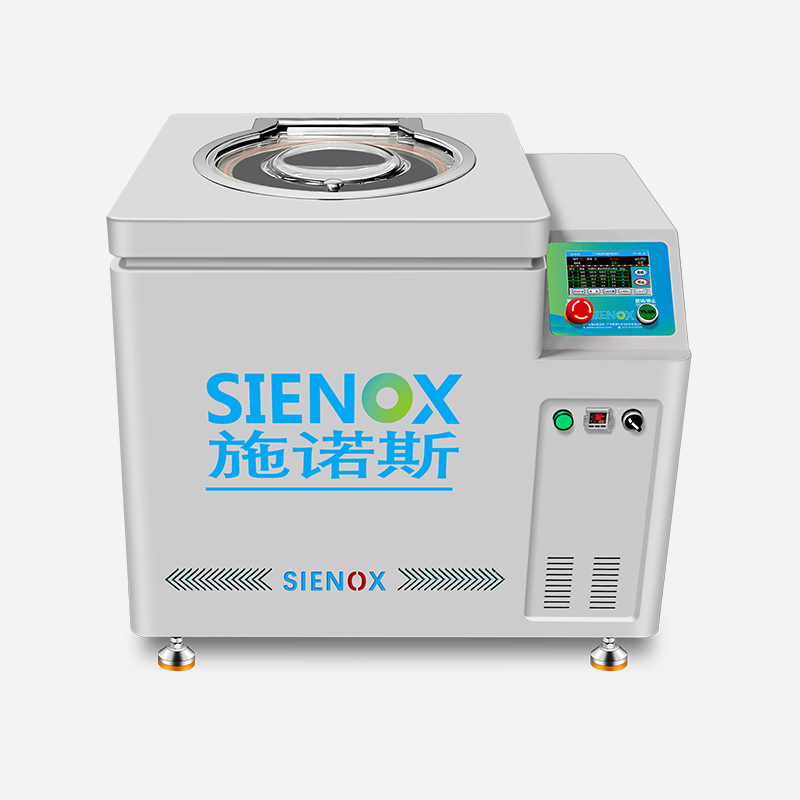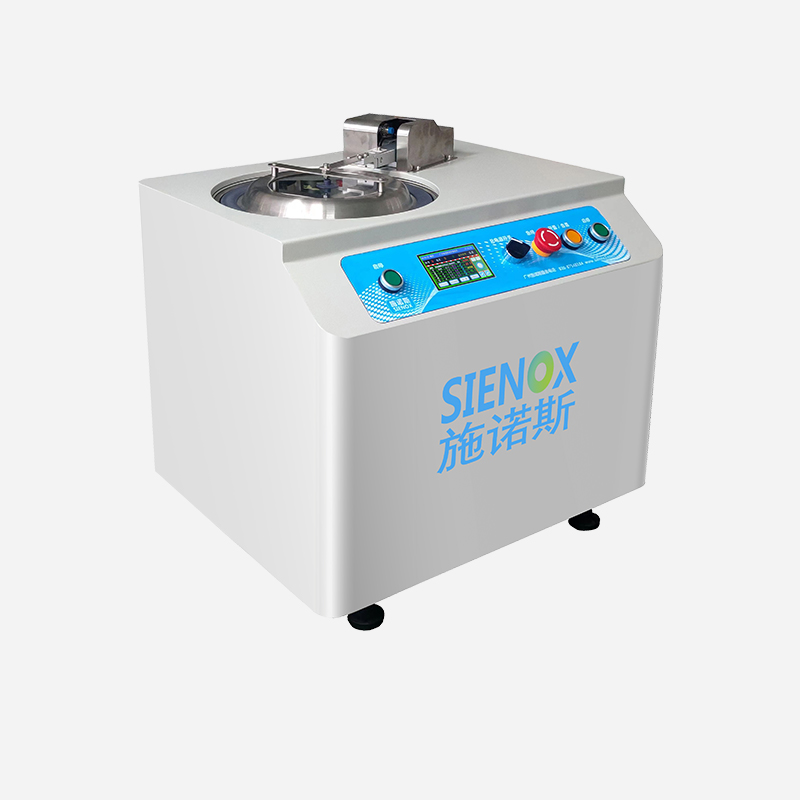
News

TEL:18925129293
Solution to the Bubble Problem: The Key Role of Vacuum Stirring and Defoaming Machine in Adhesive Technology
date:2023-09-11author:SIENOXBubbles are a common problem in adhesive processes, which can affect product quality and appearance. However, we can solve this problem by using a vacuum stirring degassing machine. The vacuum stirring degassing machine plays a crucial role in adhesive processes, and below we will detail its working principle and advantages.
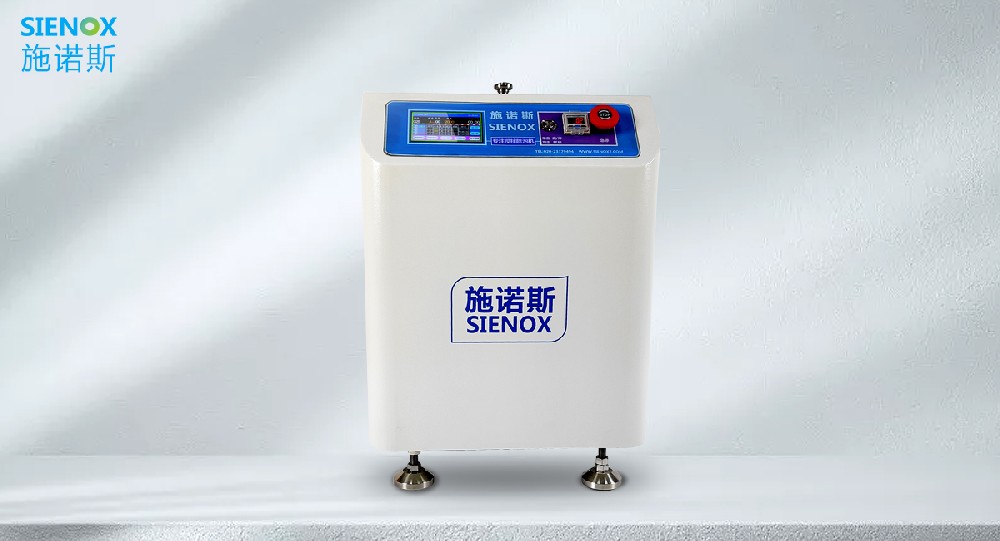
First, let's understand the working principle of the vacuum stirring degassing machine. This machine creates a low-pressure environment, generating negative pressure in the adhesive. When negative pressure is applied to the adhesive, bubbles are forced to rise from the adhesive and enter the machine. While the stirring device simultaneously agitates the adhesive, it also completely removes the bubbles from the adhesive. This working principle ensures that bubbles in the adhesive are effectively removed, thereby improving product quality.
The vacuum stirring degassing machine has many advantages. Firstly, it can effectively remove bubbles from the adhesive, thereby reducing the defect rate of the product. Bubbles can cause a decrease in product strength, or even cracking or detachment. By using the vacuum stirring degassing machine, we can ensure stable and reliable product quality.
Secondly, the operation of the vacuum stirring degassing machine is simple and easy to control. Simply place the adhesive into the machine, set the appropriate stirring and vacuum parameters, and the machine will automatically complete the degassing process. This simple operation makes the adhesive process more efficient and convenient.
Furthermore, the vacuum stirring degassing machine can also improve the adhesion of the adhesive. When bubbles are present in the adhesive, they form obstacles that prevent the adhesive from fully adhering to the surface of an object. By removing the bubbles, the adhesive can fully contact the surface of the object, thereby improving adhesion and bonding strength.
It is important to note that when using the vacuum stirring degassing machine, appropriate stirring speed and vacuum level should be selected. Excessive stirring speed may cause adhesive splashing or excessive bubble generation, while excessive vacuum level may result in over-degassing of the adhesive, affecting its performance.
In summary, the vacuum stirring degassing machine plays an important role in adhesive processes. It can effectively remove bubbles from the adhesive, thereby improving product quality and reliability. Its advantages of simple operation and improved adhesive adhesion make it an ideal choice for solving bubble problems. When using it, we should pay attention to selecting appropriate stirring speed and vacuum level to ensure the best degassing effect. By using the vacuum stirring degassing machine properly, we can greatly improve the efficiency and quality of adhesive processes.






